Stain Removal Tips for Upholstery
Accidents happen — whether it’s food spills, drink splashes, or dirt from clothing and shoes. These everyday mishaps can leave stains and make your furniture look dull and worn. The good news? Upholstery cleaning doesn’t have to be complicated.
Before cleaning, always identify the upholstery fabric. If you’re unsure, check the manufacturer’s label or request the information directly from them. Test your chosen cleaning method on a small, hidden area first to ensure there’s no damage or discolorations. Once you’re confident it’s safe, you can proceed.
Below are some common upholstery stains and simple methods to remove them effectively:

🧈 Removing Butter Stains from Upholstery
Butter stains can be tricky because they contain grease, which absorbs into fabric fibres. Acting quickly makes removal much easier.
Follow these steps:
Blot the excess
Gently scrape off any solid butter with a dull knife or spoon.
Blot—not rub—the area with a dry paper towel to remove surface grease.
Apply an absorbent
Sprinkle baking soda or cornstarch generously over the stain.
Let it sit for 15–30 minutes to absorb oils.
Vacuum the area thoroughly.
Use a gentle cleaning solution
Mix a small amount of dishwashing liquid (designed to cut grease) with warm water.
Dampen a clean cloth with the soapy solution and blot the stain.
Rinse & dry
Wipe the area with a clean cloth dampened with plain water.
Blot dry with a towel and allow the upholstery to air-dry.
Pro Tip:
Avoid using hot water — it can set oil-based stains. Always test your cleaning solution on an inconspicuous spot first.
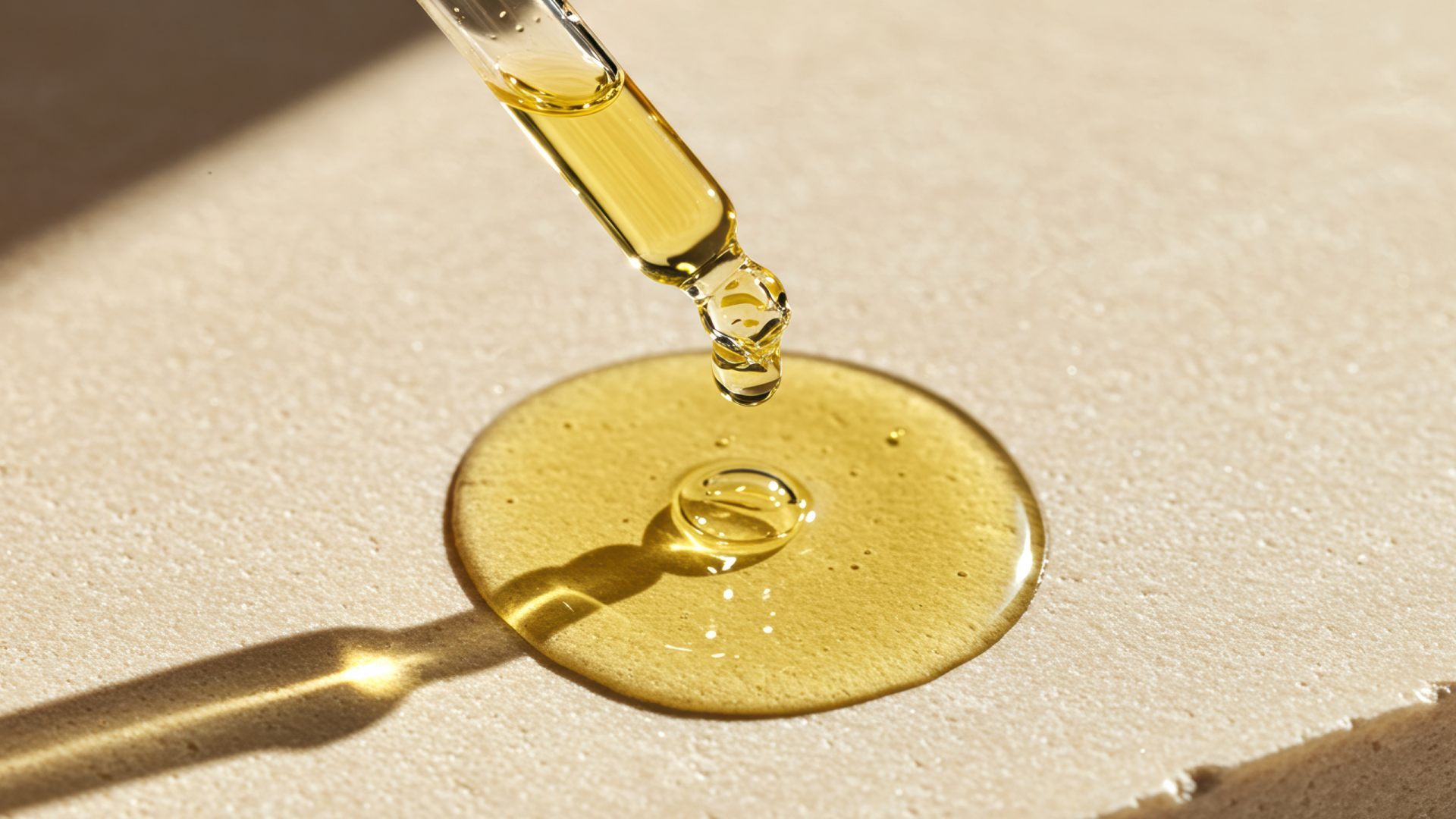
🧀 Removing Oily Cheese Stains from Upholstery
Cheese stains are both oily and protein-based, so they need a two-step approach. The sooner you treat them, the better your results.
How to remove oily cheese stains:
Lift the residue
Carefully scrape off any solid cheese with a dull knife or spoon.
Blot with a dry paper towel to absorb surface oils. Do not rub.
Absorb the oils
Sprinkle baking soda or cornstarch over the stain.
Let it sit for 15–30 minutes.
Vacuum thoroughly to remove the powder and lifted oil.
Break down the proteins
Mix a few drops of mild dish detergent with warm water.
Dab the solution onto the stain using a clean cloth.
Blot gently until the stain begins to lift.
Rinse & dry
Wipe with a cloth dampened in clean water to remove soap residue.
Blot dry with a towel and let the area air-dry completely.
Pro Tip:
Avoid harsh scrubbing — it can push oils deeper into the fabric. Always test your solution on a hidden area first.
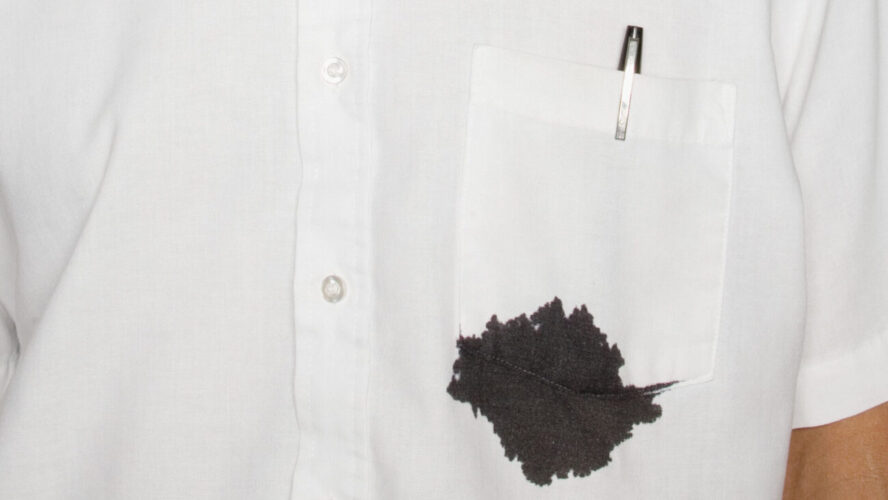
🖊️ Removing Ink Stains from Upholstery
Ink stains can be stubborn because they penetrate fabric fibres quickly. Acting fast gives you the best chance of removing them completely.
Steps to remove ink stains:
Blot — don’t rub
Gently blot with a clean, dry cloth to lift as much ink as possible.
Avoid rubbing as this will spread the ink deeper into the fabric.
Apply alcohol-based solution
Lightly dampen a cotton swab or cloth with rubbing alcohol or hand sanitizer.
Gently dab the stain, working from the outside inward.
Use fresh cotton as the ink transfers (to avoid re-staining).
Blot with clean water
Once the ink lifts, blot the area with a cloth dampened in plain water to remove any residue.
Dry properly
Blot with a dry towel.
Allow the area to air-dry fully.
Pro Tips:
Always test rubbing alcohol on a hidden area first to ensure it doesn’t damage the fabric.
Avoid using too much liquid — excess moisture may spread the ink.
For stubborn ink stains, professional treatment may be required.
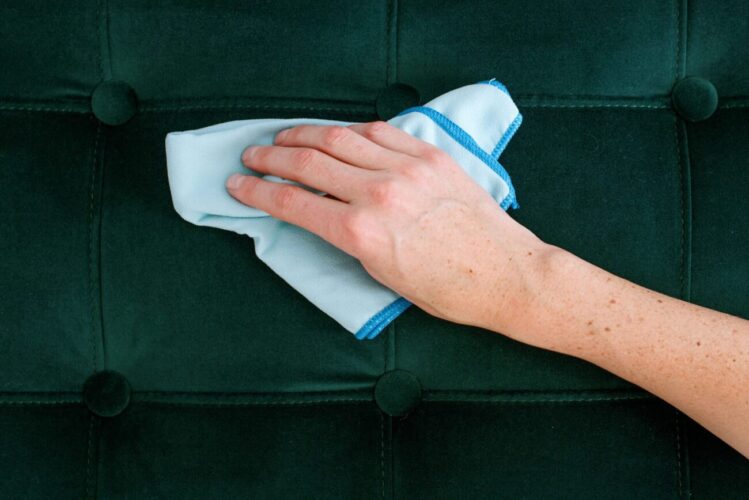
Velvet Care & Cleaning Guide
Velvet upholstery adds luxurious texture and richness to any space — but it does require gentle, specialised care to keep its soft pile and elegant appearance.
Key Rules for Velvet Care:
-
Avoid harsh scrubbing
-
Prevent excess moisture
-
Always test any product on a hidden area first
✅ Routine Velvet Maintenance
1. Regular brushing
-
Use a soft upholstery brush or clothes brush.
-
Lightly brush in the direction of the pile to keep it smooth and fluffy.
2. Vacuum gently
-
Use a vacuum with a soft brush attachment.
-
Do short, light passes to remove dust without flattening the fibres.
3. Fluff & lift the pile
-
If velvet looks crushed or flattened, lightly steam from a distance and brush the pile up again.
-
Never press the steamer directly on the fabric — keep it hovering above.
🧼 Spot Cleaning Velvet
If a spill occurs, quick action helps:
Blot immediately
Use a dry, absorbent cloth or paper towel
Dab — don’t rub — to avoid pushing liquid into fibres
Apply a gentle solution
Mix mild dish soap with lukewarm water
Dip a soft cloth in the foam only, not the liquid
Blot gently on the stain
Rinse & dry
Wipe with a damp cloth (just water) to remove soap residue
Blot with a dry towel
Allow to air-dry
Once dry, brush the pile to restore texture
⚠️ Velvet Care Warnings
Avoid:
-
Over-wetting the fabric
-
Scrubbing or aggressive cleaning
-
Strong chemical cleaners
-
Leaving spills to absorb
For silk velvet, antique velvet, or deep set stains ➜ Professional cleaning is recommended.
🌟 Pro Tip
Place velvet furniture away from direct sunlight to help prevent fading and fibre damage over time.
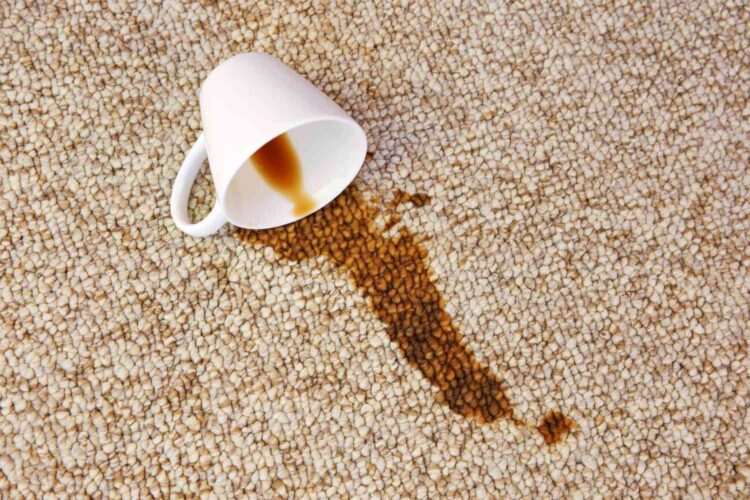
☕ Removing Coffee Stains from Upholstery
Coffee spills can leave dark, noticeable stains if not treated quickly. The good news? With fast action and the right method, you can lift most coffee marks effectively.
✅ Step-by-Step Coffee Stain Removal
1. Blot Immediately
-
Use a clean cloth or paper towel
-
Dab gently to absorb as much liquid as possible
-
Avoid rubbing — it spreads the stain and drives it deeper
2. Apply a Mild Cleaning Solution
Mix:
-
1 teaspoon mild dishwashing liquid
-
1 cup lukewarm water
Dip a clean cloth into the solution and dab the stain. Work from the outside inward to prevent spreading.
3. Break Down Tannins (if stain persists)
If any stain remains, apply a small amount of white vinegar to a cloth and blot again.
Vinegar helps remove tannin-based stains like coffee and tea.
4. Rinse & Dry
-
Wipe area with a cloth dampened in plain water to remove any residue
-
Blot dry with a towel
-
Let the upholstery air-dry completely
-
Once dry, lightly brush the fibres (if fabric has pile)
⚠️ Important Tips
-
Test cleaning solutions on a hidden area first
-
Do not soak the fabric — excess moisture can cause rings or mould
-
Old or stubborn stains may require professional cleaning
🌟 Pro Tip
If the coffee had milk or sugar, you may need a second gentle wash to prevent sour odours or stickiness.
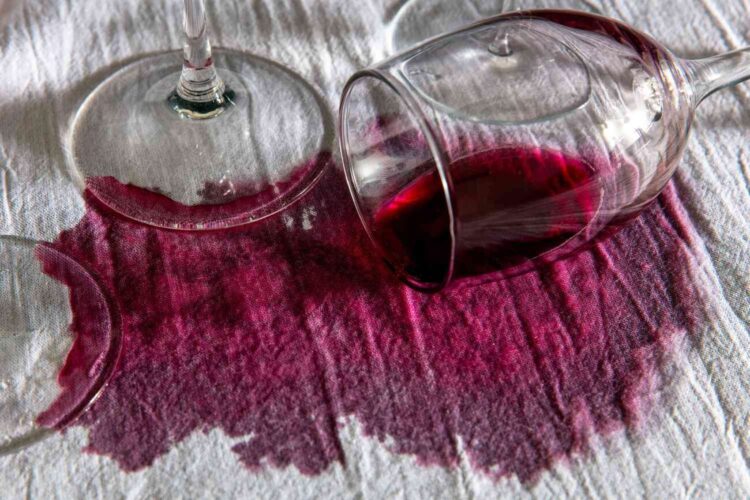
🍷 Removing Red Wine Stains from Upholstery
A red wine spill can be alarming — its deep colour can set quickly into upholstery fabric. The key is to act fast and blot, not rub.
✅ Step-by-Step Red Wine Stain Removal
1. Blot Immediately
-
Use a clean cloth or paper towel
-
Gently blot to absorb as much wine as possible
-
Avoid rubbing — this spreads and deepens the stain
2. Apply an Absorbent
-
Sprinkle salt or baking soda generously over the wet stain
-
Let it sit for 10–15 minutes to draw out moisture and pigment
-
Vacuum thoroughly
3. Treat the Remaining Stain
Mix a gentle cleaning solution:
-
1 teaspoon mild dish soap
-
1 cup cool water
Dab the solution on the stain using a clean cloth. Work from the outside inward.
4. Rinse & Dry
-
Wipe with a cloth dampened with plain water to remove soap residue
-
Blot dry with a towel
-
Allow to air-dry fully
⚠️ Important Notes
-
Cold water only — hot water can set wine stains
-
Don’t saturate the fabric
-
Always test cleaning products on a hidden area first
-
For delicate fabrics like silk, professional cleaning is recommended
🌟 Pro Tip
If a faint pink shadow remains, dab lightly with white vinegar or a 3% hydrogen peroxide solution (test first — peroxide may lighten some fabrics).
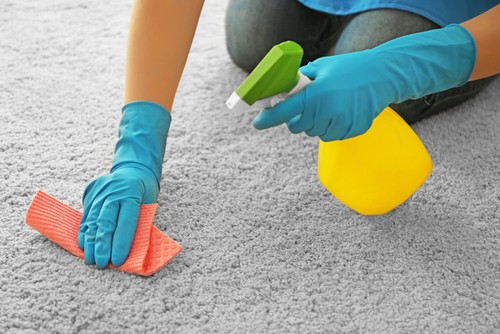
🤢 Removing Vomit Stains & Odours from Upholstery
Vomit is one of the most unpleasant spills — it’s acidic, contains proteins, and leaves strong odours. Quick, proper cleaning ensures stains don’t set and smells don’t linger.
✅ Step-by-Step Vomit Stain & Odour Removal
1. Remove solids first
-
Using gloves, lift any solids with a spoon or dull scraper
-
Avoid pushing residue into the fabric
2. Blot and absorb
-
Use dry paper towels to blot up excess moisture
-
Do not rub — this spreads the stain and pushes it deeper
3. Neutralize odours
Sprinkle baking soda generously over the affected area and let it sit for 30–60 minutes.
This helps absorb moisture and neutralize smells.
Vacuum thoroughly.
4. Clean the stain
Mix a gentle cleaning solution:
-
1 teaspoon mild dish liquid
-
1 cup lukewarm water
-
Optional: a few drops of white vinegar (helps break down proteins & odours)
Apply solution with a clean cloth, blotting gently until stain lifts.
5. Rinse & dry
-
Wipe area with a clean cloth dampened in plain water
-
Blot dry with towel
-
Allow to air-dry fully
✅ Deep Odour Treatment (if smell remains)
Mix a deodorising solution:
-
1 part white vinegar
-
2 parts water
Lightly mist or dab the area — do not soak — then blot and allow to dry.
⚠️ Important Tips
-
Always test solutions on an inconspicuous area first
-
Avoid over-wetting — moisture trapped in cushions can cause mold
-
For mattress-like cushions, remove covers and clean separately if possible
-
Protein stains (vomit, blood, milk) respond best to cool or lukewarm water — never hot
🌟 Pro Tip
After cleaning and drying, sprinkle a little baking soda overnight and vacuum again for an extra freshness boost.
When to Call a Professional
-
Persistent odour
-
Stain has dried before treatment
-
Fabric is delicate or labelled S or Dry-Clean Only
-
Vomit from pets showing signs of illness (bio-risk)